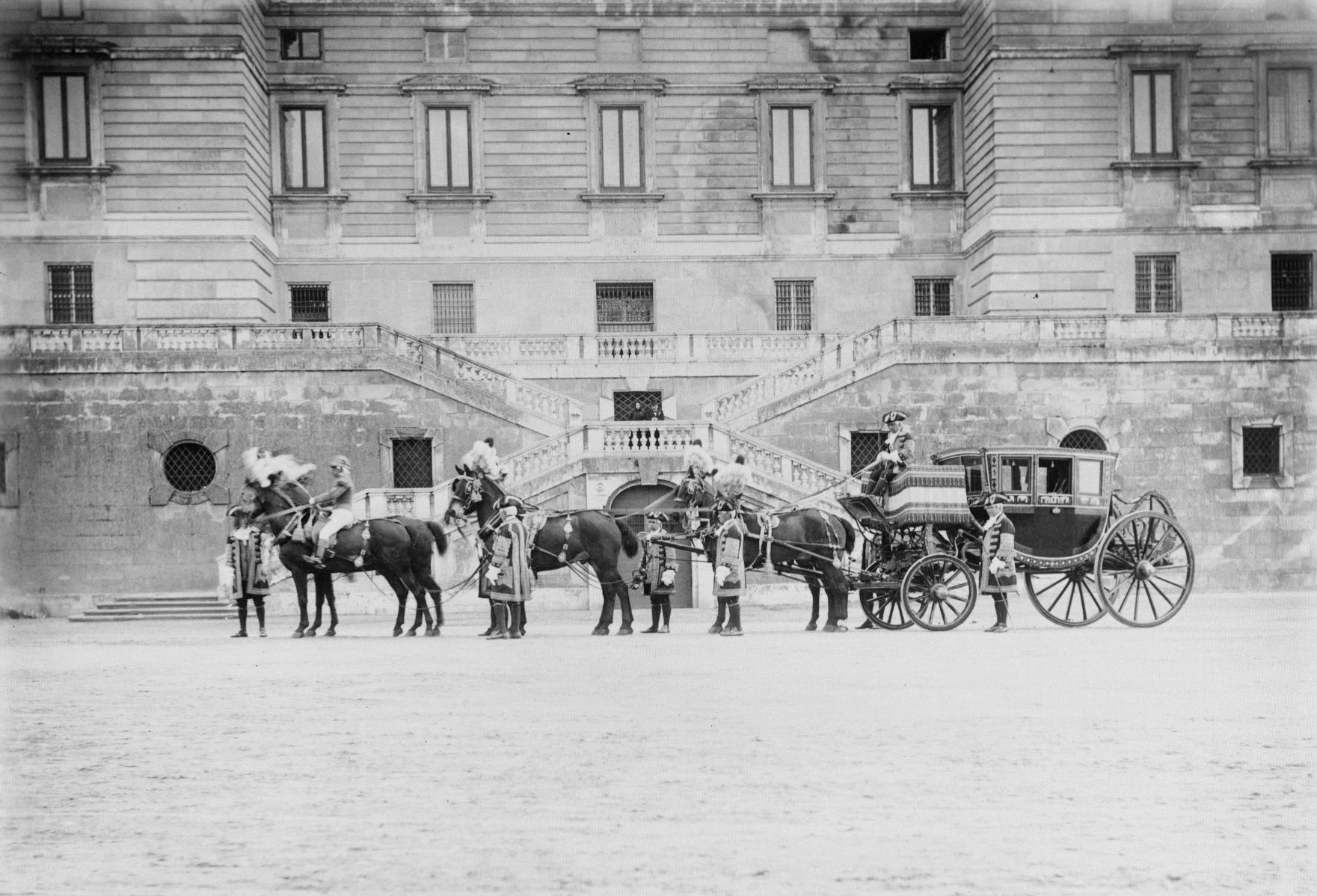ECHOES OF VERBENA (X): Montmartre in miniature that hides behind the Plaza Mayor
Ecos de verbena (IX): The oldest bookstore in Madrid closes
Christian Franzen
's first years in Madrid
were not easy. Disregarding the advice of his surroundings, the Danish photographer packed his suitcase and landed in the capital amidst uncertainty, not knowing how long he could pay his rent. At a time when up to twenty portrait studios were kept open in the limited space
between Carrera de San Jerónimo, Puerta del Sol and Sevilla and del Príncipe streets
, Franzen opened his studio in the latter direction.
His future was sealed when one day
the sister of King Alfonso XIII
, the Infanta María Teresa, entered the door, ready to be portrayed. She was so satisfied with the result that, a short time later, it was the monarch himself who decided to also use their services, at a time when these commissions were a symbol of social distinction. By 1907, Franzen was already well known in the city.
From the RTVE documentary collection, which acquired the archive of this photographer after his heirs put it up for sale in the early 1970s, they assure that Franzen's importance as a photographer is twofold: firstly,
as a reporter
for the first illustrated magazines, photographing the cultural life of Madrid, the social gatherings, the theaters and the salons.
He owes technical improvements to the magnesium flash, which makes it easier for him to shoot indoors and at night.
And, secondly,
as a portrait painter
.
Carriage in front of the Royal Palace of Madrid.
"In those years of the late nineteenth and early twentieth centuries,
Manuel Compañy, Kaulak and Franzen
worked as portraitists with their own gallery in Madrid , but Franzen stands out for his clientele - he is the most beloved photographer of the Royal Household and the aristocracy - and for the treatment of the figure and the light in his portraits ", argues Alberto de Prada, director of the Documentary Fund of RTVE, who has closely followed the digitization and subsequent publication of the 37,000 images that feed his archive, dominated, again, for the portrait.
This is how Franzen himself synthesized
the keys to this genre
: "It must be simple, natural, no violence or far-fetched effects. The accessories, in a very discreet value, must be enough to give us an idea of the environment in which the man lives. portrayed, but never dominating over the value of the figure. Regarding it, naturalness, flexible and elegant in the line and, above all, a lot of spirit, soul in its expression and intensity in its gaze ".
Members of the aristocracy, the upper bourgeoisie and the most important figures of the political, social and cultural life of the time dedicated their best poses to him:
from Joaquín Sorolla to Mateo Sagasta
.
However, the look that is repeated the most throughout his work is that of a woman.
A young woman whose name was, until a few months ago, a mystery.
But studying his archive brought up the answer: the mysterious woman Franzen portrayed so much was his daughter Maria.
Portrait of Alfonso XIII.
According to the criteria of The Trust Project
Know more
Madrid
art
culture
Photography
CultureMadrid shields the protection of the possible Caravaggio rescued from an auction last April
Arte UrbanoMetro: the Campamento station will be transformed into a tribute to the graffiti artist Muelle
The final interviewFarru: "Madonna took me to dance 'Billie Jean' at her birthday party"
See links of interest
Last News
Covid
What
Check Christmas Lottery
2022 business calendar
Covid passport
Check Child's Lottery
Barcelona-Real Madrid: the Super Cup Classic, live

